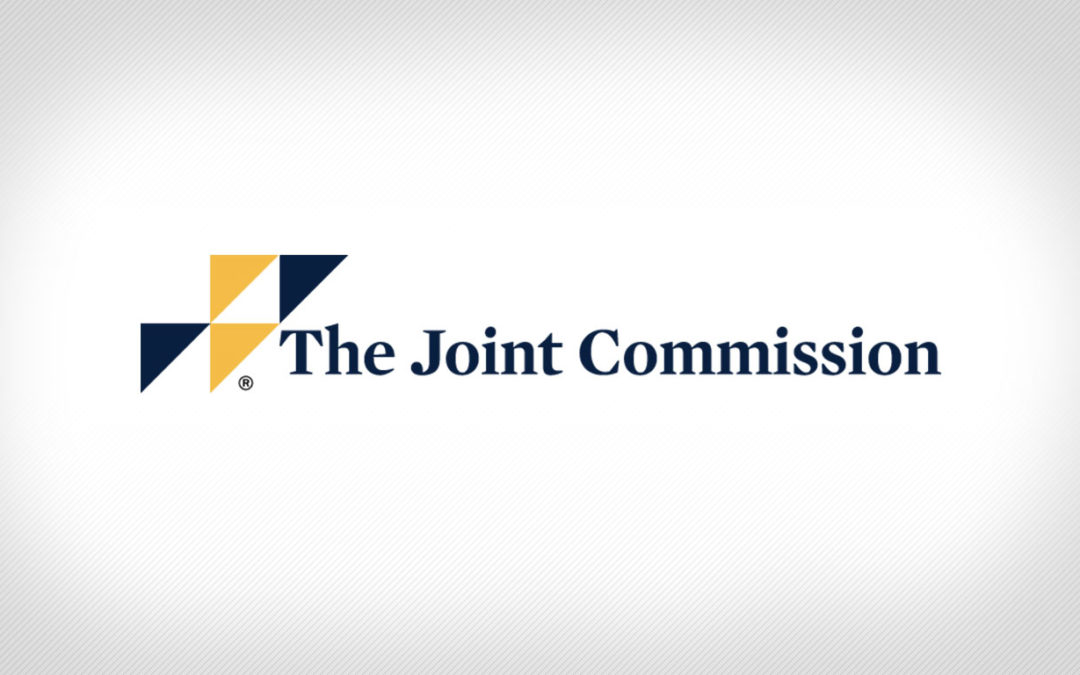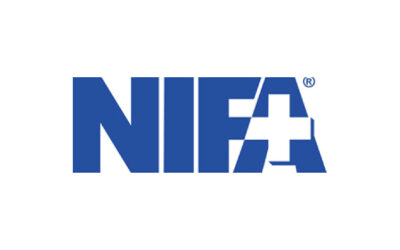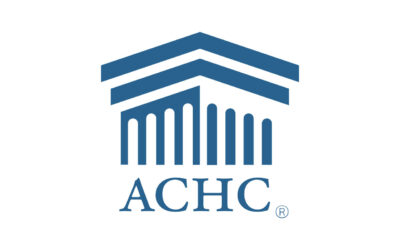
By Elizabth Even
According to The American College of Surgeons, every year, more than 15 million Americans undergo some type of surgery. Each patient awaiting surgery expects a surgical team to fully assess and evaluate their individual case. They also assume that their procedure has been appropriately planned, which means operating room (OR) staff has prepared what is necessary for their specific surgical procedure and its expected outcome. Further, patients rightfully expect that their surgical team has developed a plan to react to the unexpected.
While the OR is no stranger to life-threatening emergencies, proper planning, training, and education can help to ensure that unexpected emergencies end with safe outcomes. Health care organizations’ leaders must consider the various types of patients and procedures performed, to ensure they are properly equipped with necessary supplies in the event of an emergency.
The Joint Commission standards require that health care organizations obtain a surgery patient’s medical history and have them undergo a physical examination, as stated in Provision of Care chapter of The Joint Commission’s “Comprehensive Accreditation Manual for Ambulatory Care.” Joint Commission standards require that health care staff comprehensively assess a patient’s current physical condition as well as indicate any changes in their health or medical history that may affect their procedure. The patient’s comprehensive assessment enables a care team to adequately prepare for an upcoming case.
Surgical procedure preparation can include testing emergency equipment such as a properly functioning suction or defibrillator and gathering supplies such as available blood products and life-saving medications. It is critical that all equipment and supplies within an ambulatory surgery center (ASC) remain consistent despite the differences in services offered. Equipment and supply consistency provides ease of use for staff who operate and utilize them. Also important is determining the appropriate number of competent providers assigned to a procedure. This detail can make the critical difference between a tense phase during a surgical case and what could possibly turn into significant adverse event or even patient harm or death.
That said, how can health care organizations’ leaders ensure their surgical centers are ready to deliver excellent care even when procedures do not go as planned? The term “risk assessment” is regularly used in health care, but what does it mean? Thoroughly understanding risk assessment and how to successfully complete one is key. A risk assessment entails simply gathering information about a process (e.g., procedures and surgeries performed), identifying risks, and prioritizing those risks along with developing efforts to mitigate them.
Surgeries and other high-risk procedures carry a higher probability for adverse outcomes; therefore, health care leaders should plan for such as often and as carefully as possible. For example, staff should inventory emergency supplies as well as medications that may be needed (as referenced in Provision of Care and Medication Management chapters of The Joint Commission aforementioned manual), and most importantly, identify staff and providers who will be using them. After all, emergency medical equipment lacks value without trained, knowledgeable staff who know how to use it during an emergency.
Competently trained and experienced staff is an invaluable asset to any health care organization, and many would argue that staff members are health care’s most precious resource. However, health care organizations’ leaders often question the difference between training, education and competency. As stated in The Joint Commission’s Frequently Asked Questions (FAQs), education is the process of receiving systematic instruction resulting in the acquisition of theoretical knowledge; Training differs from education in that “training” focuses on gaining specific – often manually performed – technical skills; Competency requires a third attribute – ability; Ability is simply described as being able to “do something.” The ability to do something “competently” is based on an individual’s capability to synthesize and correctly apply the knowledge and technical skills to a task.
Competency differs from education and training in that competency incorporates all three attributes: knowledge, technical skills and ability. All three elements are required to deliver safe care, correctly perform technical tasks and more. Assessing competency is the process by which a health care organization validates, via a defined process, that an individual possesses the ability to perform a task, consistent with the education and training provided. It is important that the completion of competency is documented in the staff members personnel files.
Several Joint Commission requirements featured in its “Comprehensive Accreditation Manual for Ambulatory Care” address clinical care emergencies. As clinicians, we often ponder how we should respond to them. Nationally recognized guidelines such as American Heart Association’s Advanced Cardiac Life Support (ACLS) provide algorithms that address issues with anesthesia. But, what if a medical gas panel suddenly malfunctioned? Or a fire broke out during cauterization? Would surgical staff know how to respond and safely resolve the situation? To ensure the answer to these questions is “yes,” many health care organizations may choose to perform staff drills for specifically identified risks, or practice table-top exercises to determine appropriate emergency procedures for various “what if” scenarios. Specific additional drills or exercises those surgical centers choose to perform above and beyond the required drills (such as fire drills) is an organizational decision and should be based on that facility’s internal risk assessment.
Oftentimes in health care, it is the procedures that we perform often, that we perform well. For example, many ambulatory surgery centers that have a designation as a center for excellence or an advanced certification have standardized processes and guidelines that allow for all staff and providers to be on the same page when providing excellent patient care. This is another reason why planning for rare emergency events is so very important. For example, while running a mock code drill, perhaps it is discovered that a facility’s suction machine is no longer working or that the emergency medication in the crash cart is expired or missing. Knowledge gained during such exercises is an important part of a health care provider’s journey to safer patient care. Health care organizations often make the mistake of conducting simplified drills which may not expose the unique failures that could present during a real-life emergency. Since real-life situations can expose those weak points, it is important to “test to failure” when conducting drills. This allows health care organizations to learn at what point their procedures will break and allow them to mitigate the identified risk point.
Above all else, health care organization leaders must establish a culture of safety that allows for empowerment of “stop the line” types of programs, if any safety concern is present during a procedure. Additionally, they should support non-punitive reporting of events such as near misses, to continually improve the safety of care delivered. Transparent and supportive leadership is one of many ways that leaders can mitigate emergencies within their ASCs.
The Joint Commission is proud to partner with our accredited ASCs as they continue their journeys to zero patient harm and are grateful for their continued hard work and dedication to patient safety each day. Joint Commission-accredited ASCs can reach out to our Standards Interpretation Group with any standards-related questions.
– Elizabeth Even is a Team Lead, Standards Interpretation, Standards Interpretation Group at The Joint Commission.









